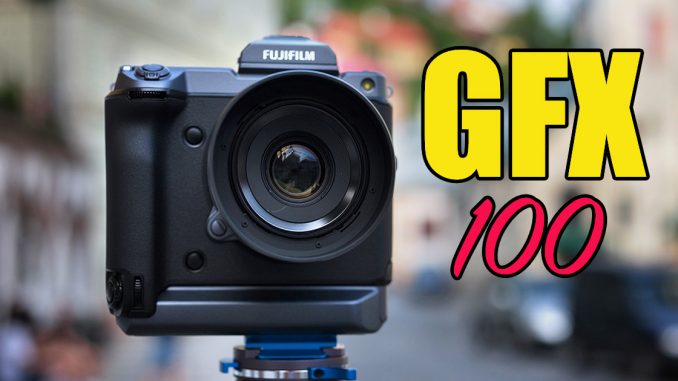
The Fuji GFX100 Review.
By Club Unesco SK
(You can Purchase the GFX100 at B&H Photo HERE)
After releasing of GFX100, my first reaction was that “it” is unnecesarily big, with unnecesarily big resolution and on top of that, also ugly. Simultaneously, I presumed that image quality would be similar to GFX50s, which i have been using for the past two years and which has a high quality output with beautiful colors. So I quickly dismissed it thinking ” this is not for me”.
IMAGE 1 (Fuji GFX50s vs. GFX100)
When Fujifilm called with offer to test the new medium format camera, despite everything, my heart skipped a beat. I was just planning bussiness trip to Austrian Alps, so i took the new GFX100 with me right away.
IMAGE 2 (Fuji GFX100 + GF63mm, f8, t 1/850, ISO 800)
How is it in reality?
In the first place, GFX100 it brings up quite a respect. After all, 100MPx is 100MPx… In the real life, the camera is not as ugly as on the pictures at all. Its grey body finish will quickly win you over.
IMAGE 3 (Fuji GFX100 vs. GFX50s)
The controls of GFX100 are a bit diferent than controls of GFX50s. On the top panel, instead of two manual wheel selectors, there is a bigger display with digitaly pictured selectors, which disappointed me at first. However, you should get used to it quickly, as the digital wheels only depict the setting of manual wheels, which are located on usual spots.
On the left side of the body, there is selector “DRIVE”, which allows you to change photo/video modes quickly. There is even the option MULTI, which allows photographing and recording video.
IMAGE 4 (Fuji GFX100 + GF63mm, f8, t 1/1600, ISO 400)
When you grab the GFX100, you will notice a second surprise. Compared to GFX50s, it is very well balanced, at least by feel. At the same time, you dont have the feeling that it is heavier than GFX50s. I even took it out on a bicycle mountain trip for a day, hanged on a Peak Desing strap on my back. The camera did not get in the way and its weight was also not a problem.
IMAGE 5 (Fuji GFX100 + GF63mm, f2,8, t 1/1250, ISO 200)
If you wonder, why Fujifilm decided to integrate the battery grip right into GFX100 body, the answer came during the second day of testing, after photographing for a day and a half. After that period, the GFX100 needed to be charged, beacause of added image stabilisation, which increases camera power consumption.
IMAGE 6 (Fuji GFX100 vs. GFX50s)
However, the new image stabilisation works reliably. I managed to take shots at 1/7 sec without a tripod with no problem. Image lower shows the difference, that optical stabilization makes.
Personally, I missed the multi functional selector from the rear side, which was handy at GFX50s for example for setting the timed triggering, however I believe that this is only matter of getting used to the individually customizable function buttons of the camera.
IMAGE 8 (Fuji GFX100 vs. GFX50s)
The vertical grip duplicates all of the main controlls, so it enables you to shoot verticaly without confusedly looking for controls and thinking what is where.
IMAGE 9 (Fuji GFX100 + GF63mm, f8, t 1/450, ISO 800)
Focusing
At the time of the testing, my GFX100 did not have the latest firmware upgrade yet. By upgrading firmware, the camera gains the ability to autofocus by phase detection, but even without it, the GFX100 autofocus felt much quicker than GFX50s. Also, moving the AF point cursor via joystick seemed quicker to me. By the way, pictures from medium format camera usualy do not require aditional sharpening in post procesing.
IMAGE 10 (Fuji GFX100 + GF63mm, f8, t 1/180, ISO 800)
IMAGE 11 (Fuji GFX100 + GF63mm, f8, t 1/340, ISO 800)
When we compare menu of GFX100 and GFX50s, the new model contains new options for autofocus, not only for photographing, but also for continuous imaging, which means that after phase detection AF upgrade, the camera should be prompt and react quickly:
Dynamic range
Both cameras (GFX100 and GFX50s) declare 14 stops of dynamic range, but the GFX100 utilizes 16-bit color depth in contrast with GFX50s that only uses 14-bit. As I stated at the beginning of this article, i was convinced that GFX100 will produce similar image quality to GFX50s. This is not true. In reality, dynamic range of GFX100 is higher and 16-bit color depth is truly noticeable.
IMAGE 13 (Fuji GFX100 + GF 32-64mm, f11, t 1/1000, ISO 400)
On the image lower, it is obvious how briliantly the GFX100 handles wide range of dark and light spots in the picture. While the sky is exposed perfectly, the left side of the building in the shadow is also drawn flawlessly.
IMAGE 14 (Fuji GFX100 + GF63mm, f13, t 1/1100, ISO 400)
IMAGE 15 (Fuji GFX100 + GF120mm, f13, t 1/340, ISO 320)
IMAGE 16 (Fuji GFX100 + GF63mm, f8, t 1/170, ISO 800)
ISO
The GFX100 ISO ranges from 200 to 12800, with option to extend the range up to 25600. Compared to GFX50s, the GFX100 also produces image with less noise. I was pleasantly surprised that after opening the photographs in Adobe Lightroom, the image no longer has the distinctive noise, visible in form of white dots. In case you are using Capture One, you probably have no idea what am i talking about, as this noise is only generated in Lightroom.However, the new GFX100 solves this problem. The Fujifilm engineers apparently worked hard enough to fix it.
IMAGE 17 (Fuji GFX100 + GF63mm, f8, t 48 sec., ISO 320)
Image higher up was captured from the hotel window, and was not post processed for noise reduction. Althought the photo was shot on longer time and only to JPEG, it is almost perfectly noise-less without need of editing.
IMAGE 18 (Fuji GFX100 + GF63mm, f4, t 1/125 sec., ISO 400)
Colors
All of the photographs wer captured to JPEG, mainly because i probably could not open the RAW files yet. The selected mode of camera was PROVIA.
Look at how unbelievably natural and full colors come out of GFX100, without editing!
IMAGE 19 (Fuji GFX100 + GF63mm, f11, t 1/350 sec., ISO 640)
As i already said, GFX100 uses 16-bit color depth in comparison with GFX50s 14-bit. This difference is really noticeable on the pictures. Colors of the GFX100 appeal as more natural, full and with better gradation.
IMAGE 20 (Fuji GFX100 vs. GFX50s) (click images for larger)
The color tonality of the skin is nice and natural. Atomatic White Balance works with no problems and usualy, there is no need for correction in post production.
IMAGE 21 (Fuji GFX100 + GF 32-64mm, f4, t 1/600 sec., ISO 800)
Conclusion
Fujifilm GFX100 without a doubt, proved that world is full of surprises and that the camera manufacturers can still excite the photographic passion in us. From the image quality view, the GFX100 is a masterpiece. After experiencing the GFX50s, I would not have thought that something can surprise me in such a good way.
Dynamic range of the camera is very respectable. Manufacturer declares 14EV, but in real life scenario, it is higher. Colors are natural and full of different tones. Image stabilisation works like a charm. All the pictures in this article, except two, were shot from hand without a tripod.
Althought, I could not test the autofocus to its full potential (phase-detection AF update was not available yet at the time of testing), the new GFX100 camera focuses faster than GFX50s.
The ergonomy of the camera is on very good level, with improved balance.
In the end I will only state, that with GFX100, Fujifilm raised the bar again!
IMAGE 22 (Fuji GFX100 + GF 32-64mm, f8, t 1/480 sec., ISO 400)
IMAGE 23 (Fuji GFX100 + GF63mm, f8, t 1/3200 sec., ISO 640)
IMAGE 24 (Fuji GFX100 + GF63mm, f8, t 1/450 sec., ISO 640)
IMAGE 25 (Fuji GFX100 + GF 32-64mm, f8, t 1/1800 sec., ISO 320)
IMAGE 26 (Fuji GFX100 + GF63mm, f2,8, t 1/420 sec., ISO 200)
IMAGE 27 (Fuji GFX100 + GF63mm, f8, t 1/1100 sec., ISO 500)
IMAGE 28 (Fuji GFX100 + GF63mm, f8, t 1/240 sec., ISO 200)
IMAGE 29 (Fuji GFX100 + GF63mm, f8, t 1/280 sec., ISO 200)
You can purchase or see more info on the Fuji GFX100 at B&H Photo HERE.

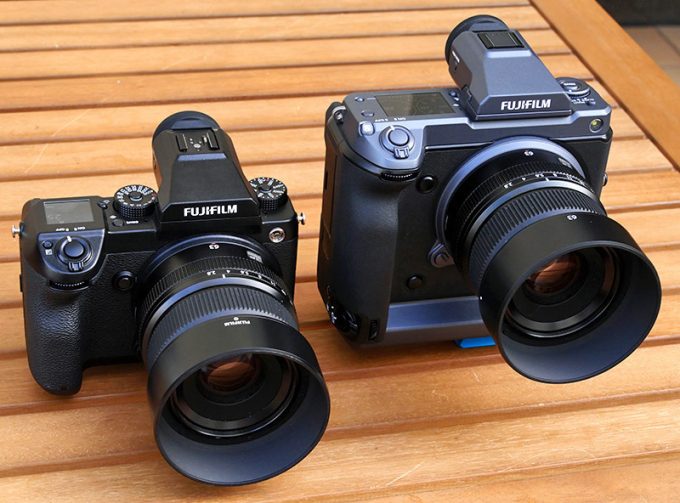
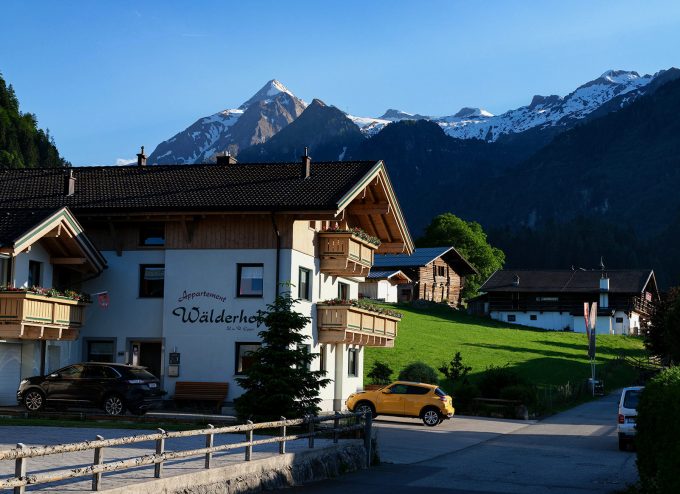
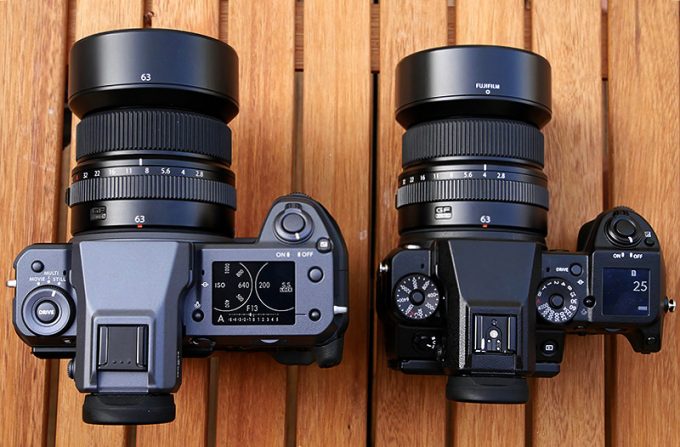
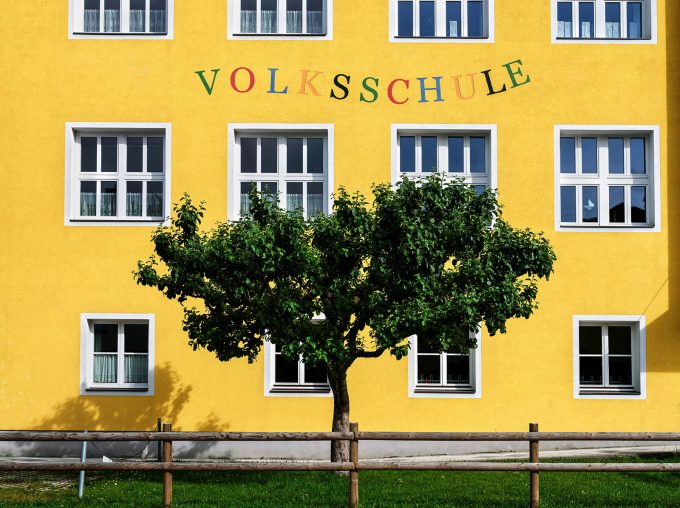
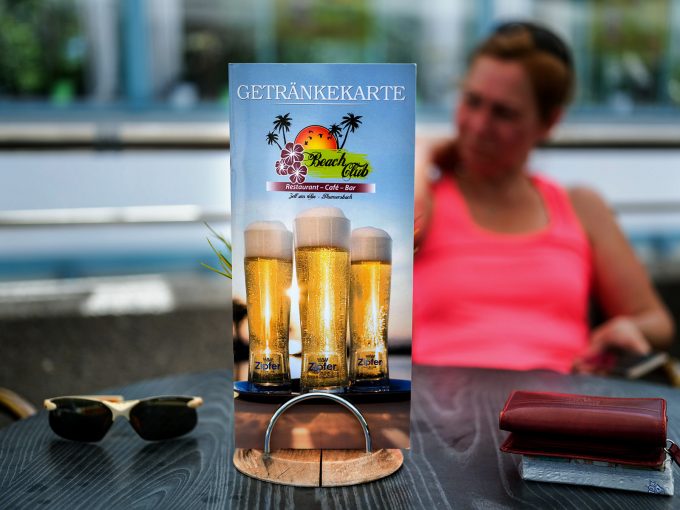
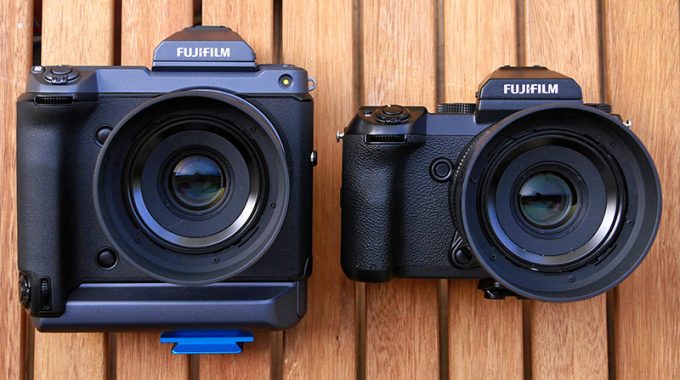
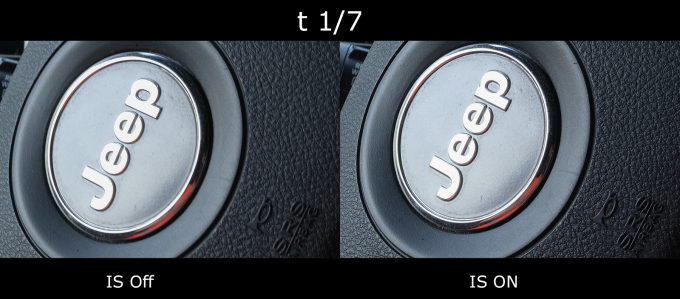
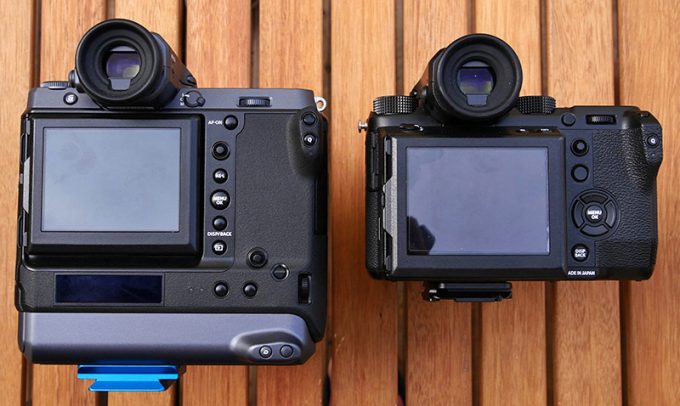
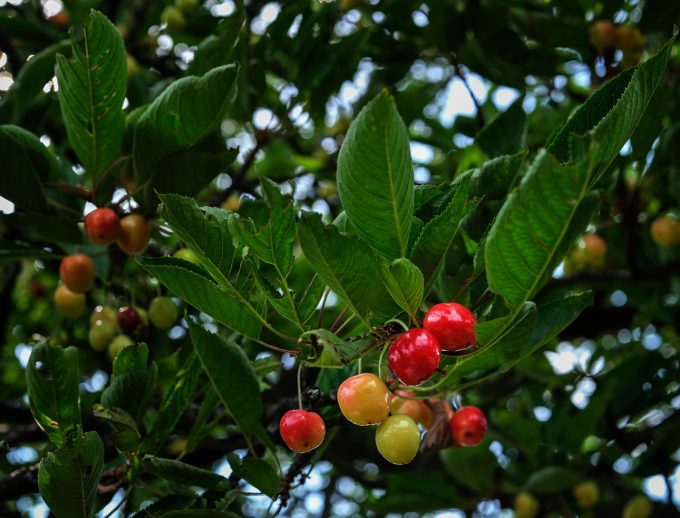

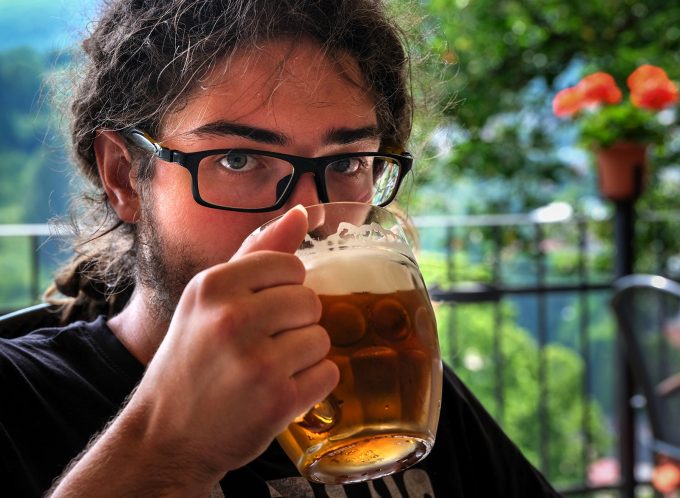

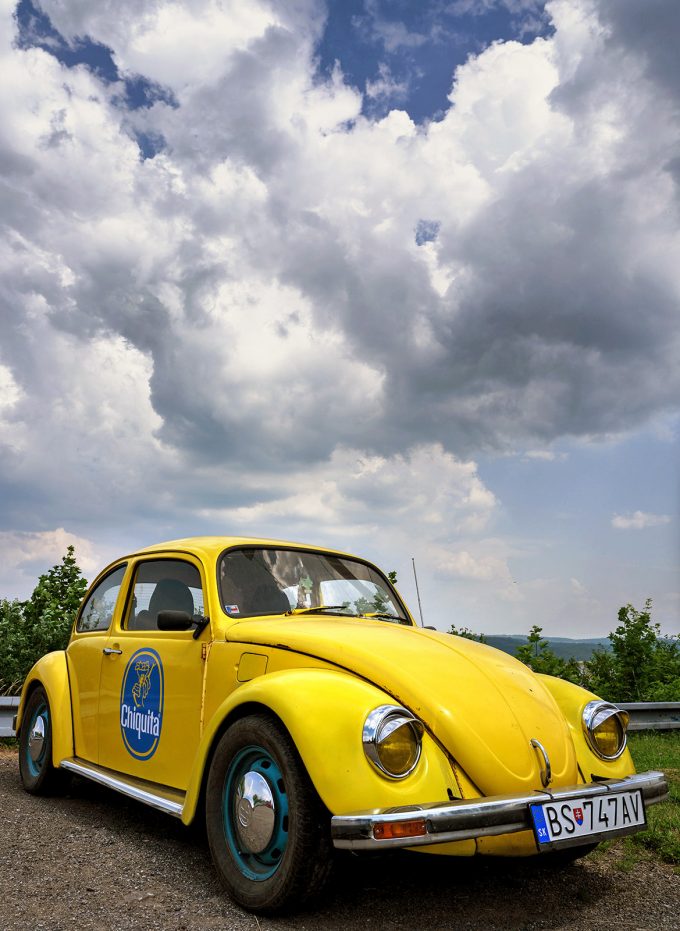
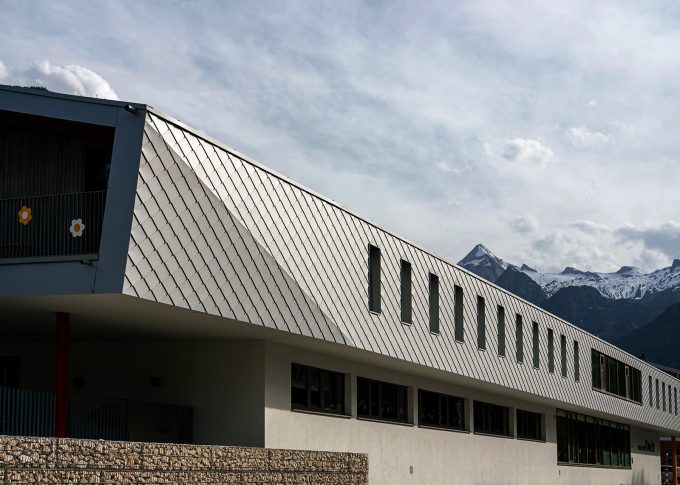
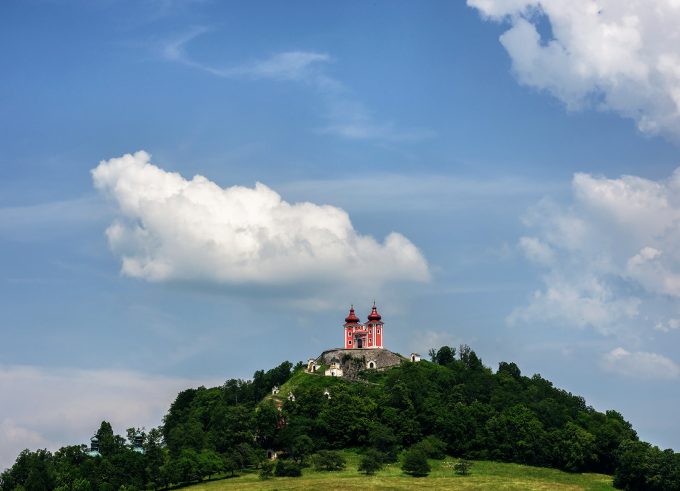
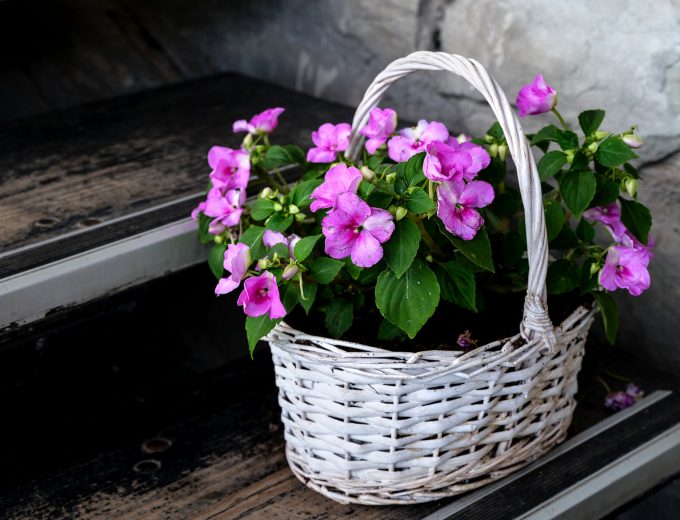
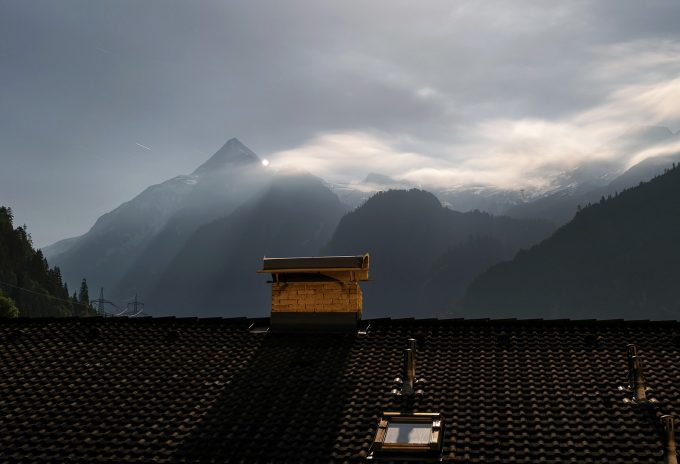
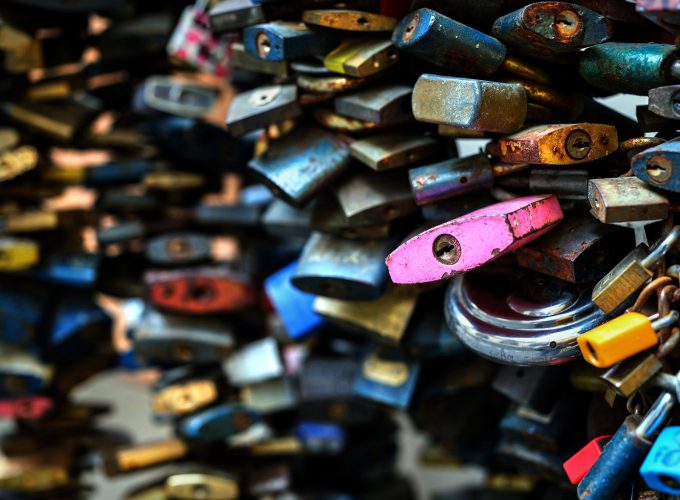
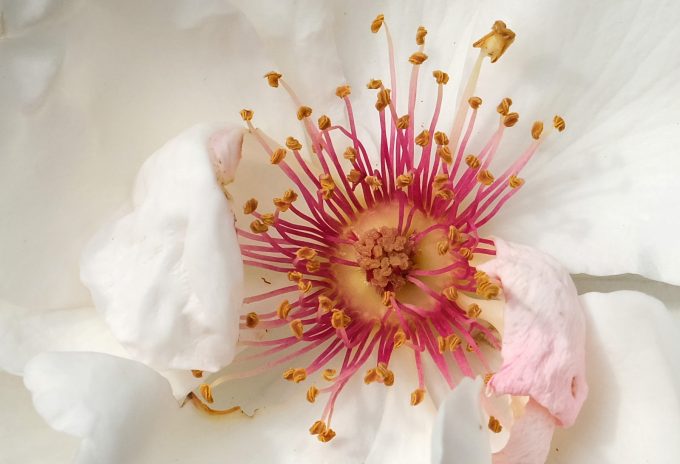
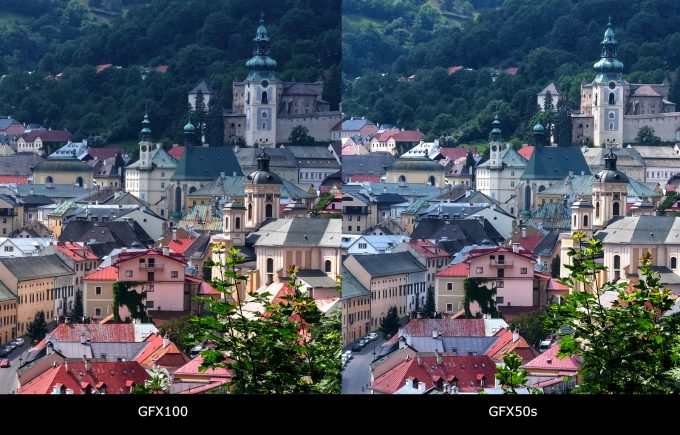
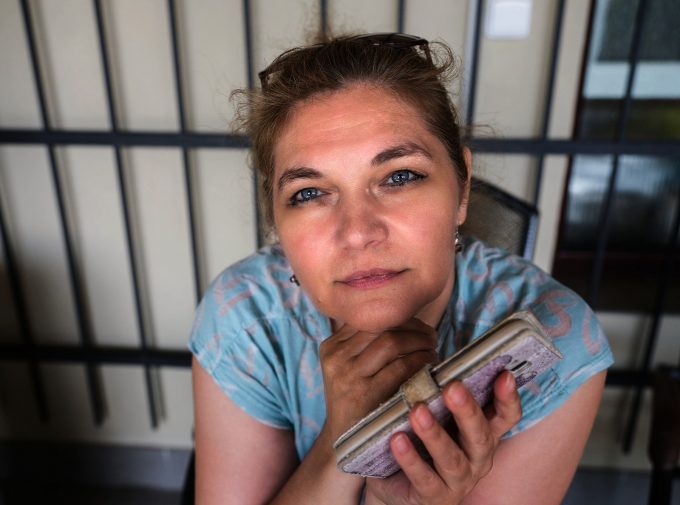
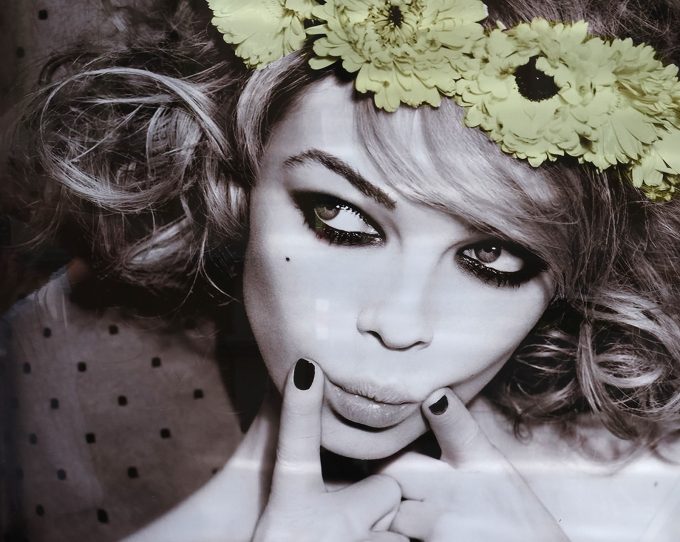
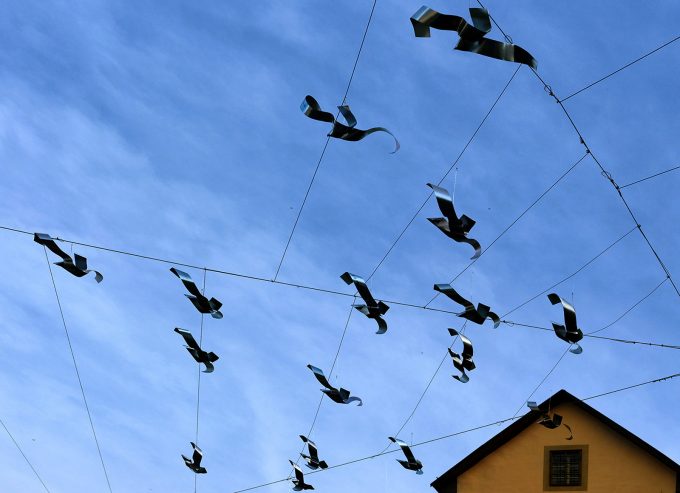
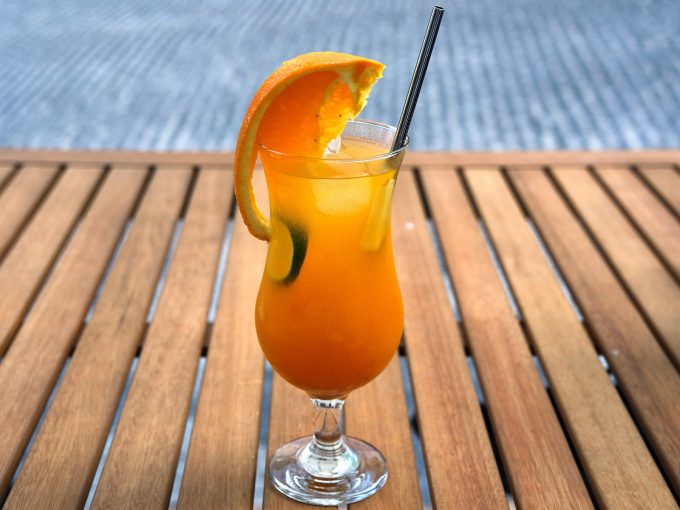
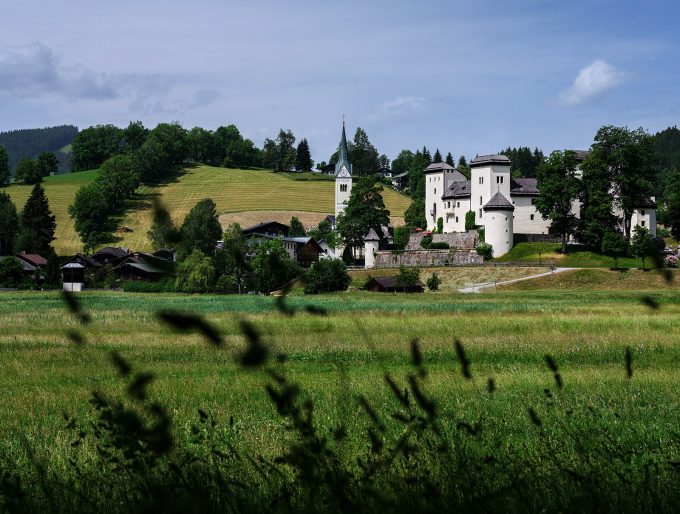

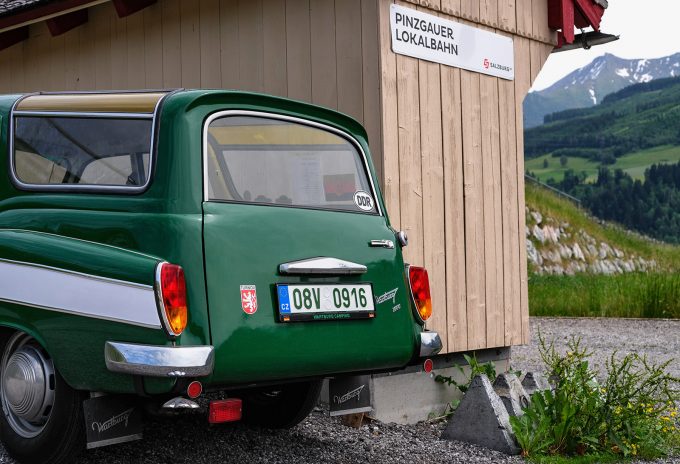
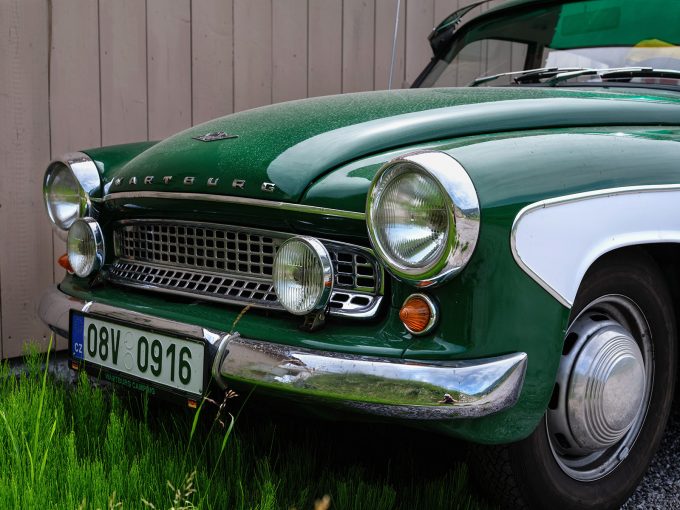
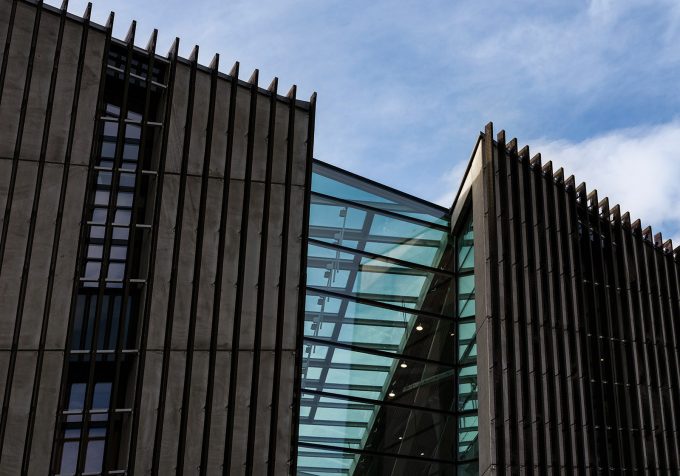



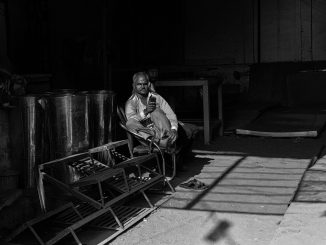
I’ve been coming up with good reasons why I could do with this many megapixels, and now I no longer have perspective with expensive purchases, as I can justify them all with skill and cunning.
Anyway, having huge amounts of megapixels and detail, whilst also making big prints would certainly make the gap between your statement as a proper photographic artist compared to the average iPhone user.
We have been lacking that artistic choice of “affordable” medium format since the era of digital took hold; there are differences which make the choice something worthwhile considering.
That Wartburg car is quite something! I bet it’s in better condition now than it was when it was new. 😉
As for the camera, it seems to me that it has matched the Phase One in image quality. But even so, when you consider the price difference, you have to go with the Fuji. I cannot see the justification for the Phase One at this point in time. The SLR form factor is a film hangover, and IMO it’s a handicap for digital cameras. But, I don’t plan on buying either of these cameras, so my opinion is purely academic.
I cannot wait to see what Leica does with the S3. They can price it higher than the GFX100, but not too much. If they price it at $25,000, who will buy it over the Fuji? Leica has some serious thinking to do. Keep in mind I am a big Leica fan. 😉
Very beautiful pictures. Love this device. Sharpness beautiful
Yes, beautiful sharpness and colors
Nice pictures. Not my taste, but nice to some. Shadows are not great. Highlights are nice.
Thanks
I thought the remark was for the hassy
But it may show 100 can be better than 50
Fuji glass is very good, so no wonder no sharpening is requiered. But this is also true if you use Leica glass for example has not nessecarily something to do with sensor size.
I do believe that you like the output of the 100 better compared to the 50. True 16 bit color depth should be invisible compared to even 12 bit (some claim) but i disagree. In fact color reproduction and tonality always drew me towards medium format (i am talking true medium format from Phase One, Hasselblad, Mamiya, etc).
Sadly here i am only able to see 8 bit colors (for that is what jpg means) and a provia filter that i already know from Fuji’s apsc cameras. 100mp dont help either to make the images here stand out from a technical perspective.
” I’m glad they stayed with 50MPx and not 100, I wouldn’t have had any interest if they did” 😉